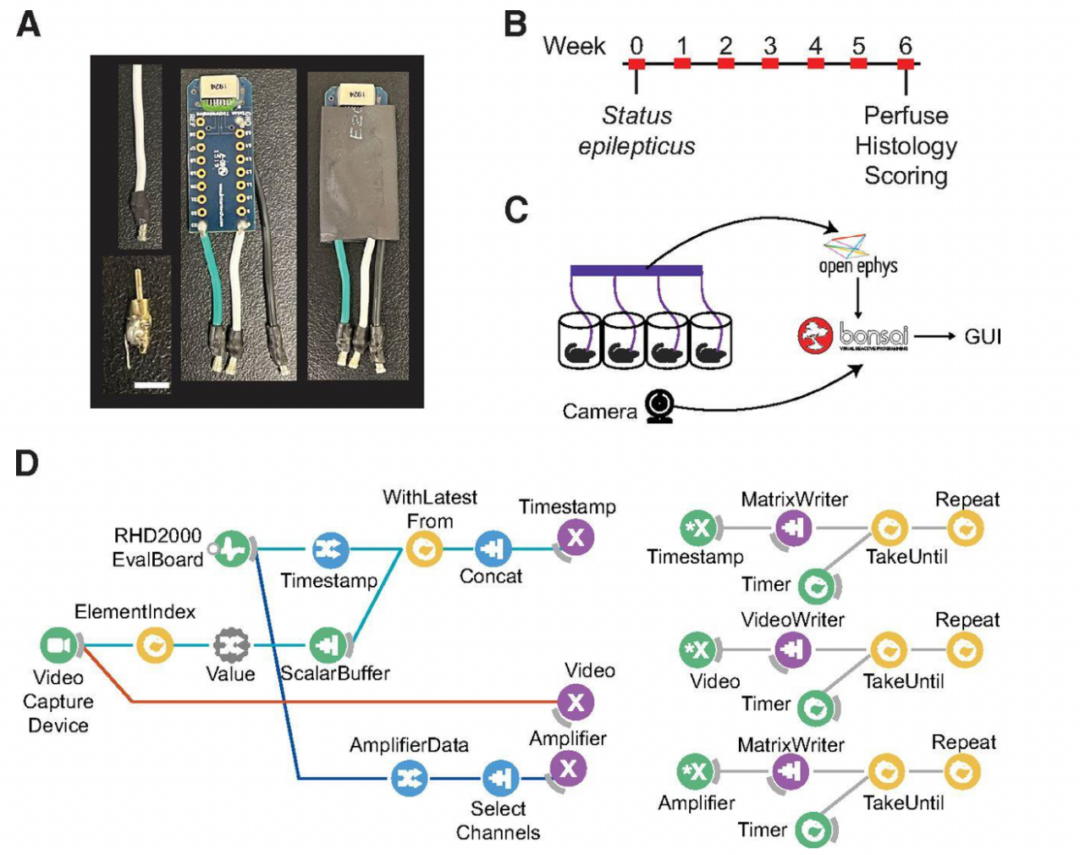Brian Isett, who is now at Carnegie Mellon, has kindly shared the following tutorial regarding the creation and implementation of a Rodent Running Disk he designed while at University of California, Berkeley. The tutorial may be found here. This research tool was created by your colleagues. Please acknowledge the Principal Investigator, cite the article in which the tool was described, and include an RRID in the Materials and Methods of your future publications. RRID:SCR_021558 Find out more in their paper published in Neuron! Check out projects similar to this!DIY Rodent Running Disk


Read the paper
Have questions? Send us an email!
“Awake, naturalistic behavior is the gold standard for many neuroscience experiments. Increasingly, researchers using the mouse model system strive to achieve this standard while also having more control than a freely moving animal. Using head-fixation, a mouse can be positioned very precisely relative to ongoing stimuli, but often at the cost of naturalism. One way to overcome this problem is to use the natural running of the mouse to control stimulus presentation in a closed-loop “virtual navigation” environment. This combination allows for awake, naturalistic behavior, with the added control of head-fixation. A key element of this paradigm is to have a very fast way of decoding mouse locomotion.
In this tutorial, we describe using an acrylic disk mounted to an optical encoder to achieve fast locomotion decoding. Using an Arduino to decode the TTL pulses coming from the optical encoder, real-time, closed-loop stimuli can be easily presented to a head-fixed mouse. This ultimately allowed us to present tactile gratings to a mouse performing a whisker-mediated texture discrimination task as a “virtual foraging task” — tactile stimuli moved past the whiskers synchronously with mouse locomotion. But the design is equally useful for measuring mouse running position and speed in a very precise way.”










